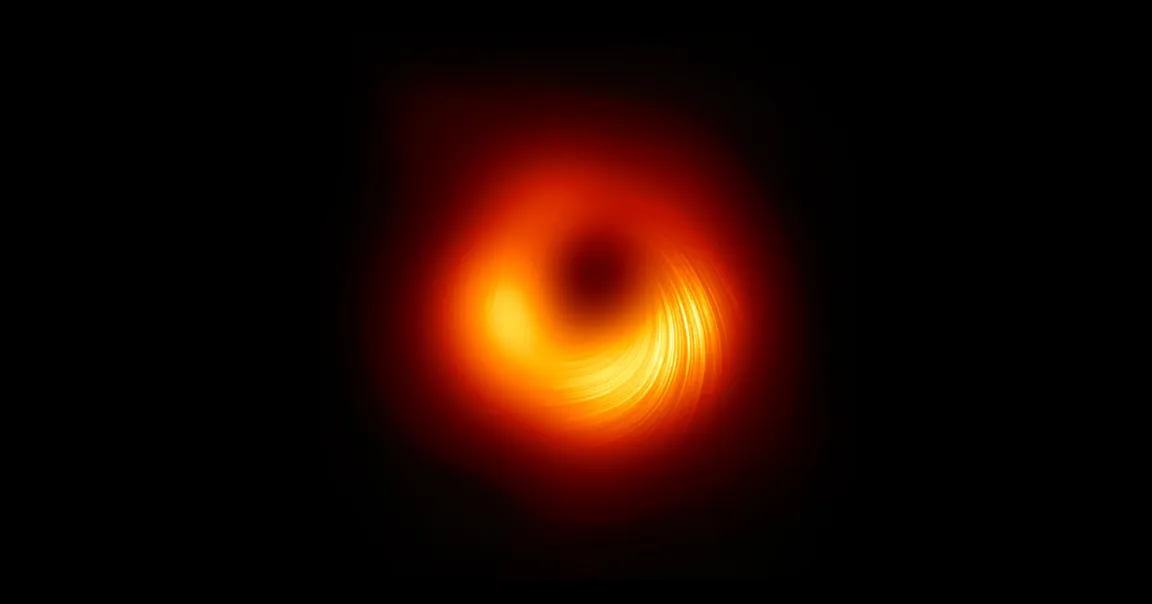
Now, by comparing observations from 2017, 2018, and 2021, scientists made a surprising discovery about how the magnetic fields near the black hole, dubbed M87*, change over time.
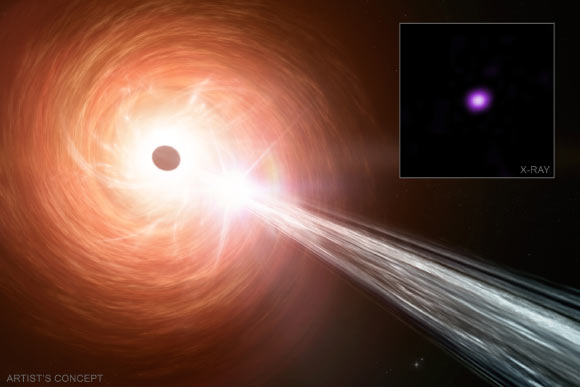
A supermassive black hole in the center of the radio quasar RACS J032021.44-352104.1 (RACS J0320-35 for short) is growing at one of the fastest rates ever recorded.
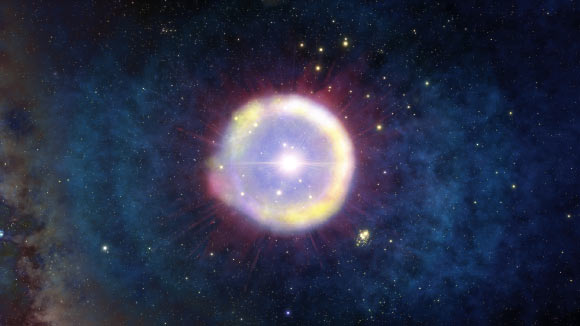
A new theory proposes that Population III.1 supermassive stars were progenitors of supermassive black holes in the early Universe.
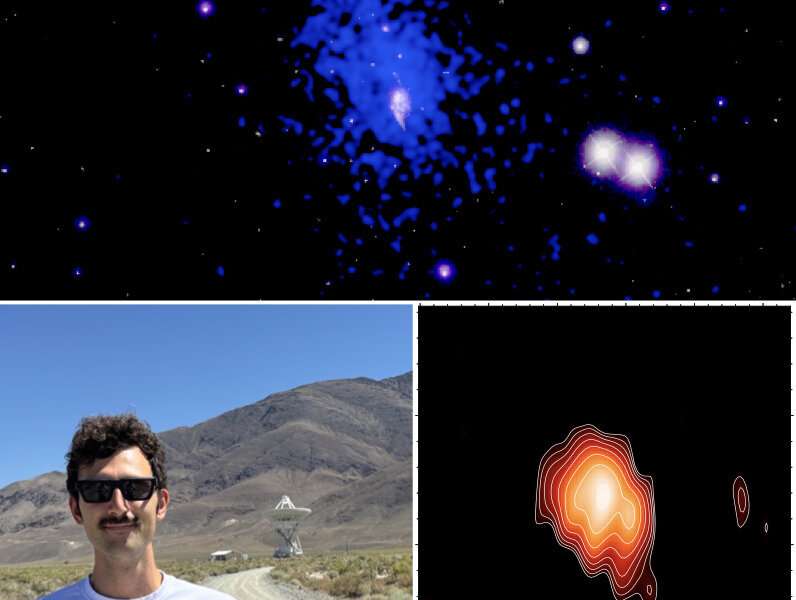
Astronomers have caught a supermassive black hole in the act of awakening from a long slumber, providing an unprecedented glimpse into the earliest stages of black hole activity.
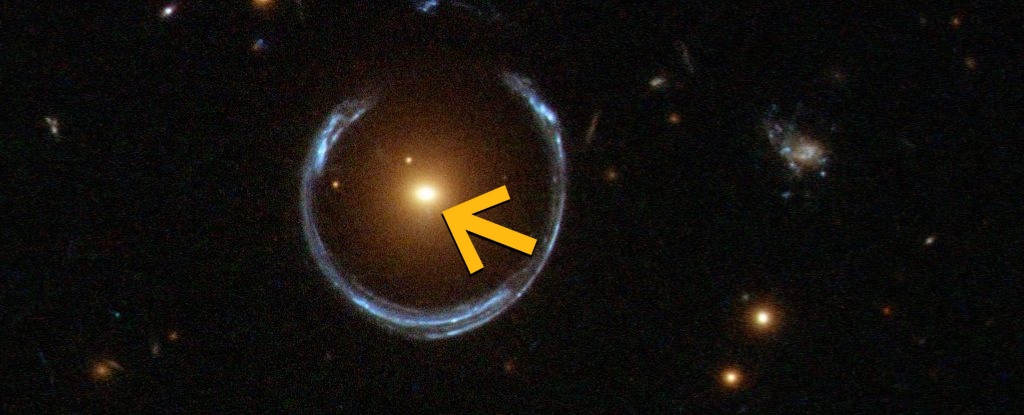
A black hole deep in the cosmos, some 5 billion light-years away, could be the most massive ever found.
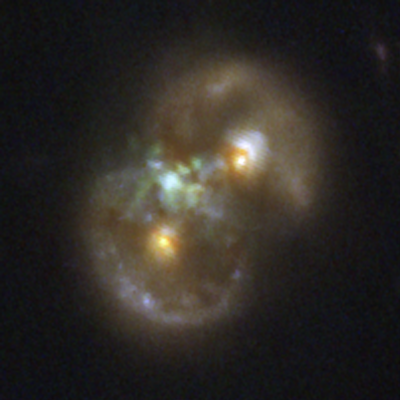
A pair of galaxies whose light has traveled for 8.3 billion years contains what astronomers believe is a supermassive black hole in the act of forming.

A team of astronomers led by Michael Janssen (Radboud University, The Netherlands) has trained a neural network with millions of synthetic black hole data sets.

A massive black hole at the heart of a galaxy in the Virgo constellation is waking up, shooting out intense X-ray flares at regular intervals that have puzzled scientists

In 2022 NASA’s James Webb Space Telescope discovered an abundance of tiny red objects scattered across the sky in the early universe. A large fraction of them are likely galaxies with supermassive black holes growing at their centers.
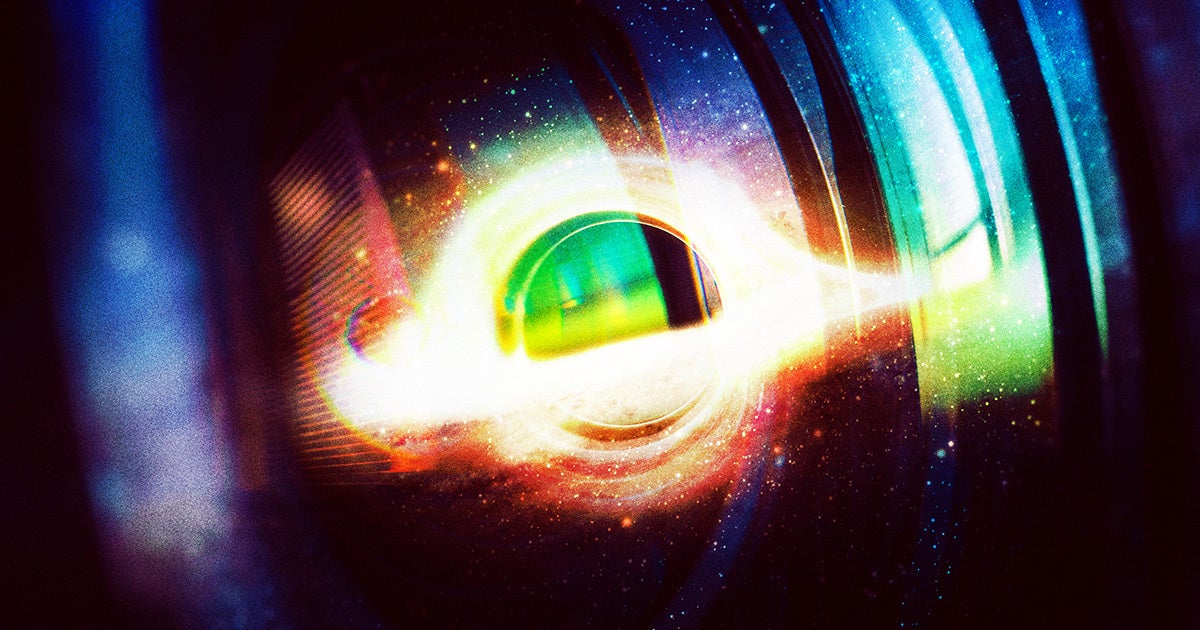
Using the James Webb Space Telescope, scientists witnessed a brilliant light show at the heart of our Milky Way galaxy.
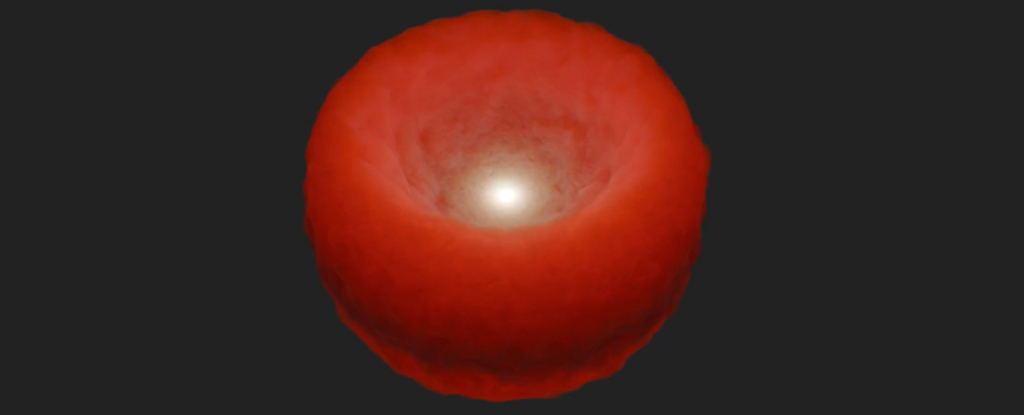
By some reckoning, as few as 15 percent of supermassive black holes are hidden behind dust clouds.
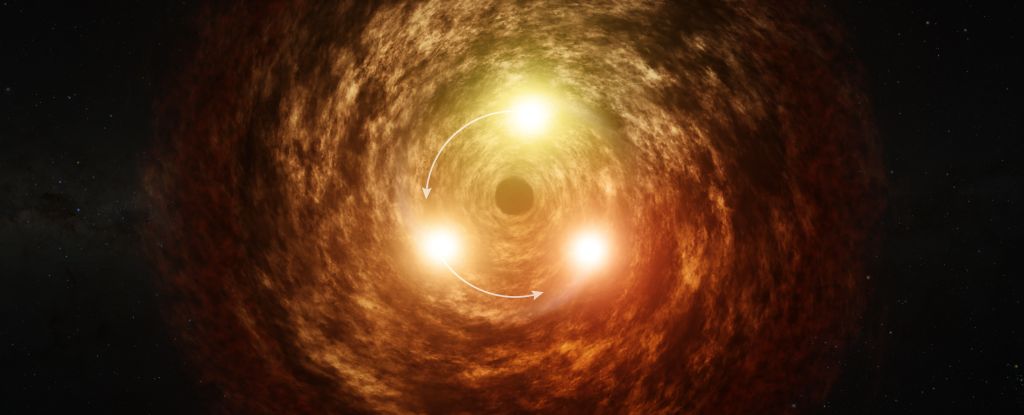
As far as supermassive black holes go, the one at the center of the Milky Way is relatively sedate. But on 6 April 2024, the black hole let out a flare observed in mid-infrared wavelengths, followed by a radio flare counterpart.
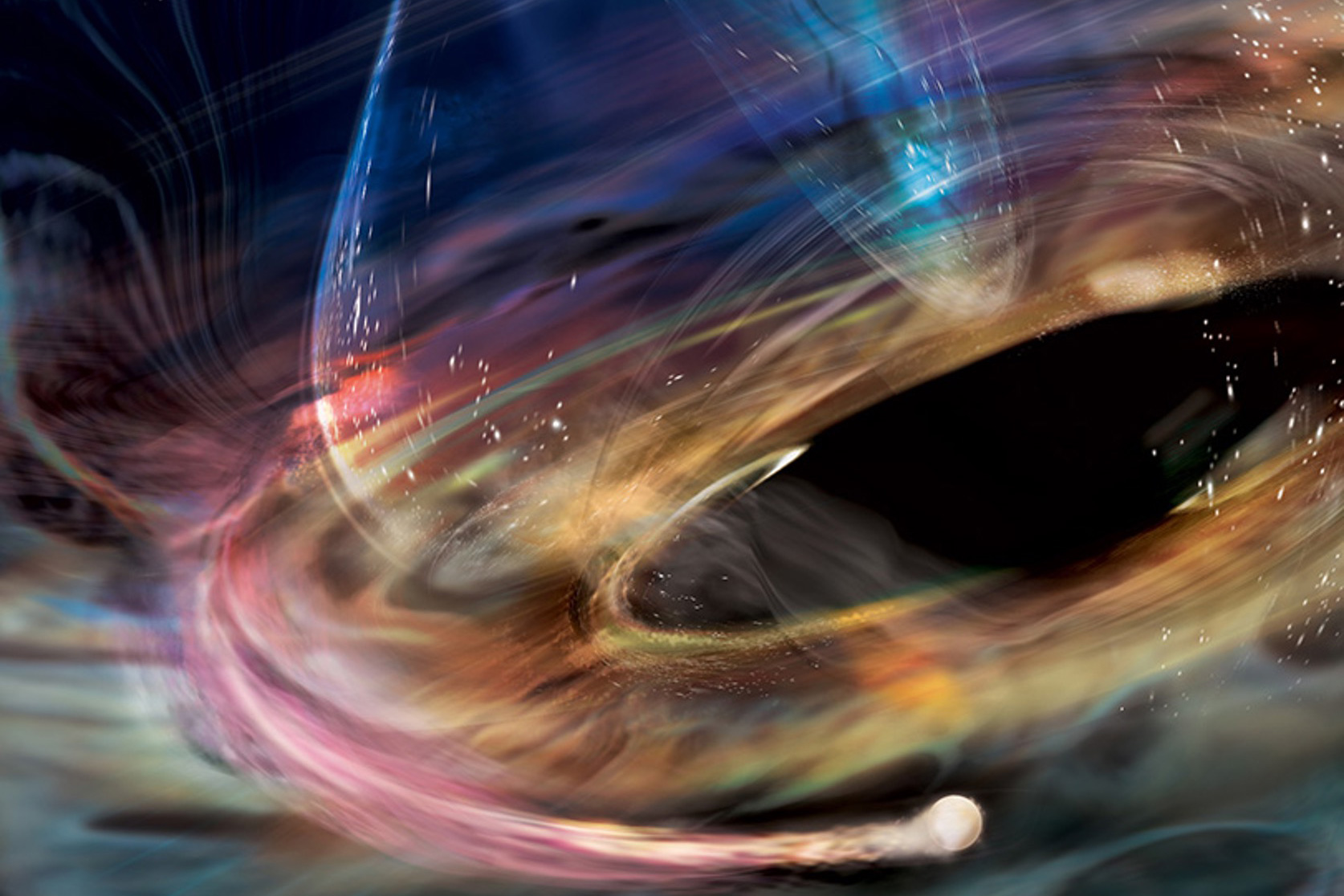
MIT astronomers observed flashes of X-rays coming from a supermassive black hole at a steadily increasing clip. The source could be the core of a dead star that's teetering at the black hole's edge.

Using the Hubble Space Telescope, astronomers homed in on a quasar called 3C 273, some 2.5 billion light-years from Earth.
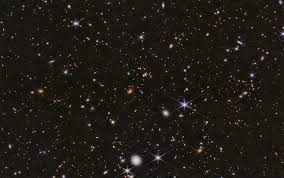
Galaxy clusters -- the big cities of the universe -- are home to many giant elliptical galaxies that have completed their growth and are not forming stars. However, it is still unclear what has shut down star formation.